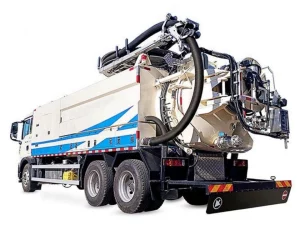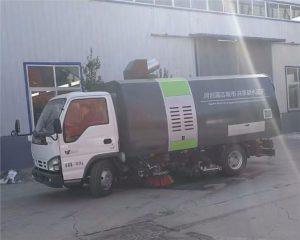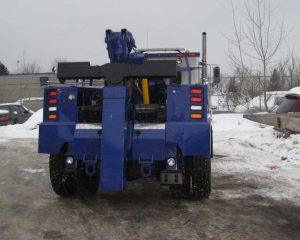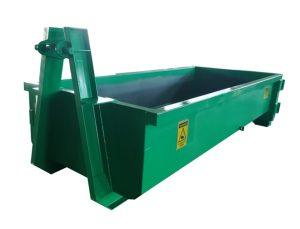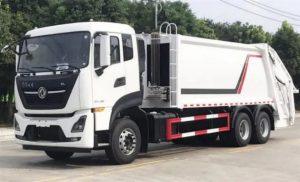Monday to Saturday - 8:00 -17:30
Fire Vehicle Dimensions: A Comprehensive Guide
When it comes to firefighting and emergency response, the dimensions of fire vehicles play a crucial role in their effectiveness and efficiency. Understanding fire vehicle dimensions is essential for fire departments, manufacturers, and emergency responders alike. This comprehensive article delves into the various dimensions of fire vehicles, their significance, different types of fire vehicles, and practical examples to help you navigate this important aspect of fire safety.
Understanding Fire Vehicle Dimensions
Fire vehicles come in different shapes and sizes, each tailored for specific functions in firefighting and rescue operations. Understanding the overall dimensions of these vehicles helps in determining their capabilities, maneuverability, and suitability for various operational environments.
Key Dimensions to Consider
When evaluating fire vehicle dimensions, several key measurements should be considered:
- Length: The total length of the vehicle, which impacts its maneuverability.
- Width: The width affects how easily the vehicle can navigate through narrow spaces.
- Height: The height is crucial for accessing overhead structures and clearance under bridges.
- Wheelbase: The distance between the front and rear axles, influencing stability and turning radius.
- Turning Radius: The smallest circular turn the vehicle can make, vital for urban firefighting.
Types of Fire Vehicles and Their Dimensions
1. Fire Engines
Fire engines are the backbone of firefighting operations, equipped with hoses, pumps, and water tanks. Their dimensions can vary significantly based on their design and intended use.
| Fire Engine Type | Length (ft) | Width (ft) | Height (ft) |
|---|---|---|---|
| Type I Fire Engine | 30-35 | 8-9 | 10-12 |
| Type II Fire Engine | 24-30 | 7-8 | 8-10 |
| Type III Fire Engine | 20-25 | 6-7 | 8-9 |
2. Fire Trucks
Fire trucks, often referred to as aerials, are designed for ladder operations and have unique dimensions to accommodate the aerial ladder and additional equipment.
| Fire Truck Type | Length (ft) | Width (ft) | Height (ft) |
|---|---|---|---|
| Aerial Ladder Truck | 40-60 | 8-10 | 10-12 |
| Platform Truck | 40-70 | 9-11 | 12-14 |
| Quint Fire Truck | 40-60 | 8-9 | 10-12 |
3. Fire Rescue Vehicles
Fire rescue vehicles are equipped for specialized rescue operations and vary in size based on their specific equipment and capabilities.
| Rescue Vehicle Type | Length (ft) | Width (ft) | Height (ft) |
|---|---|---|---|
| Heavy Rescue Truck | 28-35 | 8-9 | 10-12 |
| Light Rescue Vehicle | 20-25 | 7-8 | 8-10 |
4. Water Tankers
Water tankers are crucial in providing a water supply to areas without hydrants. Their dimensions are tailored to accommodate large water tanks and often include additional equipment.
| Water Tanker Type | Length (ft) | Width (ft) | Height (ft) |
|---|---|---|---|
| Type I Water Tanker | 30-40 | 8-9 | 10-12 |
| Type II Water Tanker | 25-30 | 7-8 | 8-10 |
Factors Impacting Fire Vehicle Dimensions
1. Operational Needs
Each fire department has different operational needs based on the areas they serve, which can impact the size and type of vehicles they require. Urban departments may need smaller vehicles for tight alleyways, while rural departments may require larger tankers for greater water capacity.
2. Equipment Requirements
The equipment load required on a fire vehicle directly impacts its size. A fire engine equipped with advanced pumping systems may require more space than a standard model.
3. Regulatory Standards
Various local and national regulations dictate minimum size and dimensional standards for safety and operational efficiency. Fire vehicle manufacturers must adhere to these requirements during the design process.
Practical Tips for Evaluating Fire Vehicle Dimensions
1. Know Your Environment
Understanding the environment in which your fire vehicles will operate is crucial. Consider street widths, bridge heights, and turn radii in your local area when evaluating dimension requirements.
2. Compare Performance Data
Look for performance data and feedback from other fire departments that operate similar vehicles. This can provide insight into the effectiveness and agility of various vehicle dimensions.
3. Consult with Manufacturers
Engage with manufacturers to understand the design and specifications of different fire vehicles. Manufacturers often provide detailed information regarding their vehicles’ capabilities and limitations.
Future Trends in Fire Vehicle Dimensions
1. Increased Focus on Compact Designs
As urban areas become more congested, many fire departments are opting for more compact fire vehicle designs to navigate narrow streets more effectively. This trend is particularly relevant in metropolitan regions.
2. Advanced Technology Integration
With the integration of new technologies such as hybrid and electric powertrains, fire vehicles may see changes in dimensions to accommodate these innovations. The move towards more sustainable vehicles is likely to influence future designs.
3. Customization Options
Customizable fire vehicles are becoming more common, allowing fire departments to tailor dimensions and features to their specific needs. This trend reflects the diverse and unique challenges faced by different communities.
Frequently Asked Questions (FAQ)
1. What is the average length of a fire engine?
The average length of a standard fire engine ranges from 30 to 35 feet, depending on its type and intended use.
2. How does the turning radius affect fire vehicle operations?
A smaller turning radius allows fire vehicles to navigate tight spaces more easily, which is crucial in urban environments where roadways may be narrow.
3. Are there regulations governing fire vehicle dimensions?
Yes, various local and national regulations exist that dictate minimum and maximum size requirements for fire vehicles to ensure safety and operational efficiency.
4. How can fire departments choose the right vehicle dimensions for their needs?
Fire departments should evaluate their operational environment, consider the types of incidents they frequently respond to, and consult with manufacturers and other departments for performance data.
5. What are the main differences between fire engines and fire trucks?
Fire engines are primarily equipped for firefighting with hoses and pumps, while fire trucks typically have ladders or aerial devices for rescue operations and accessing buildings.
6. Will future fire vehicles be smaller due to urbanization?
Yes, many fire departments are designing smaller, more compact fire vehicles to adapt to the increasing congestion of urban areas, allowing for more efficient maneuvering during operations.


